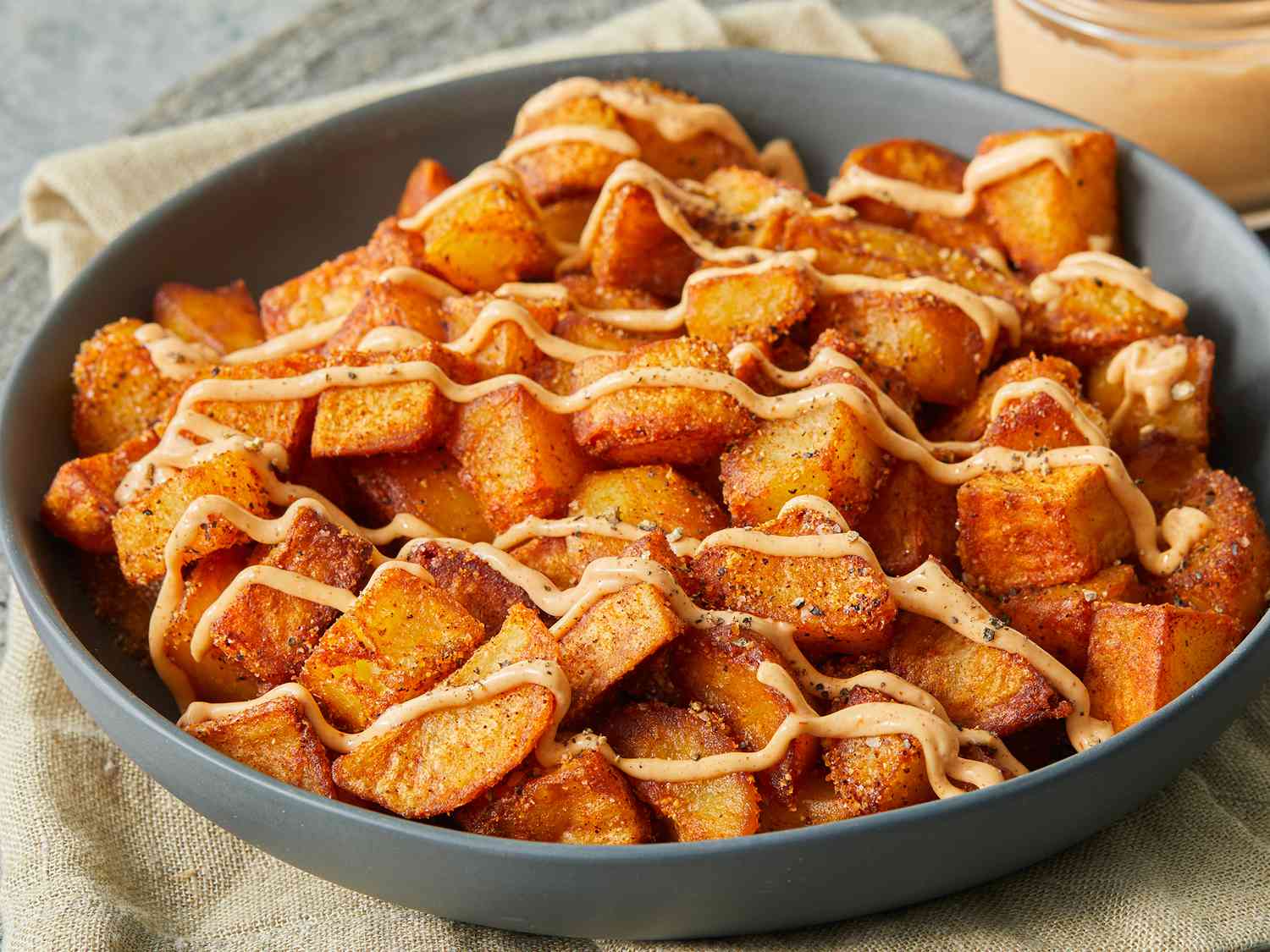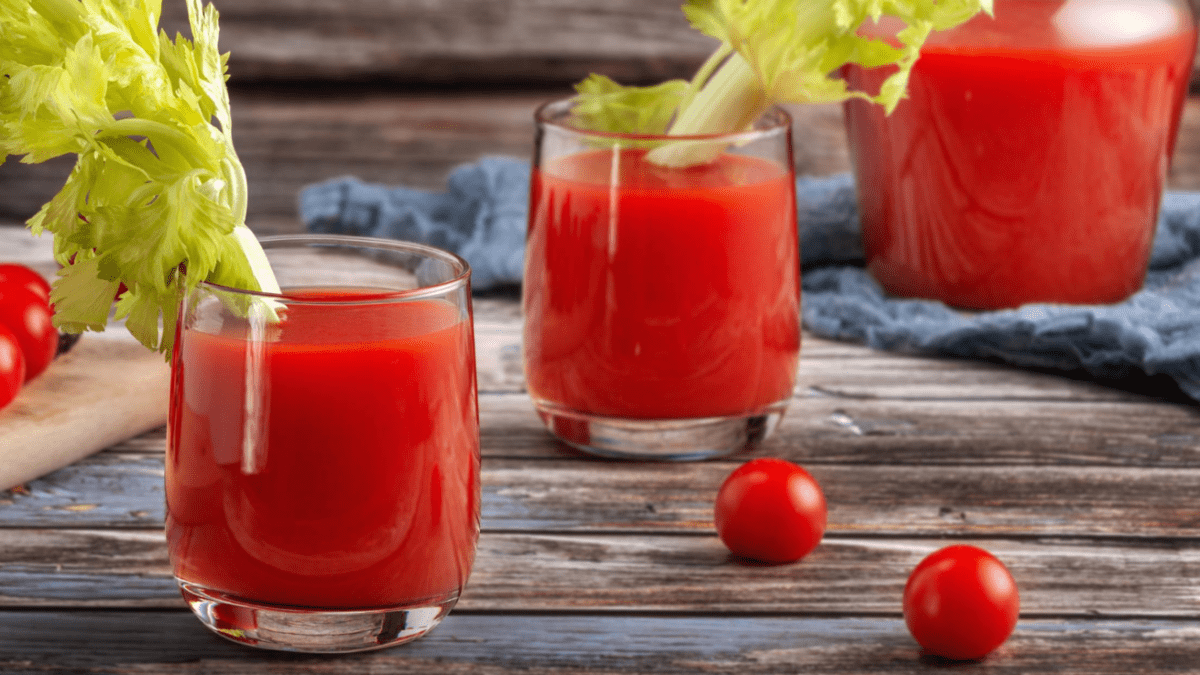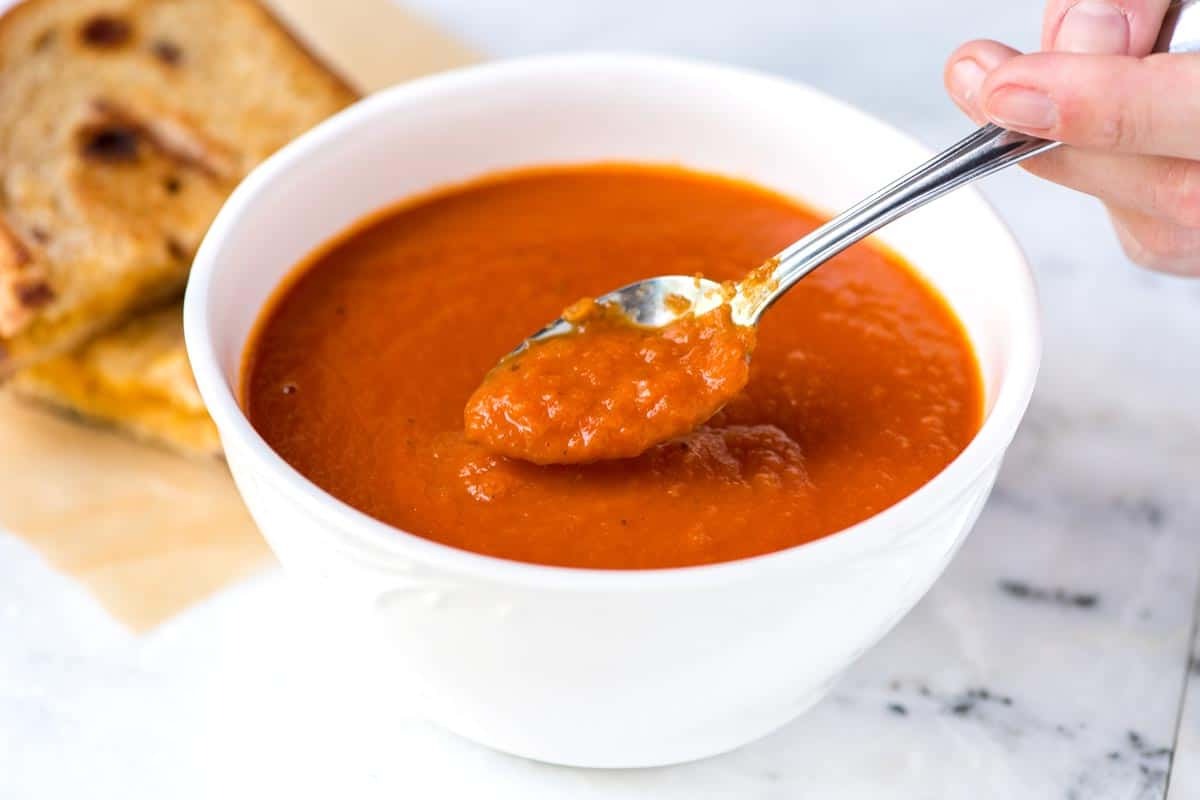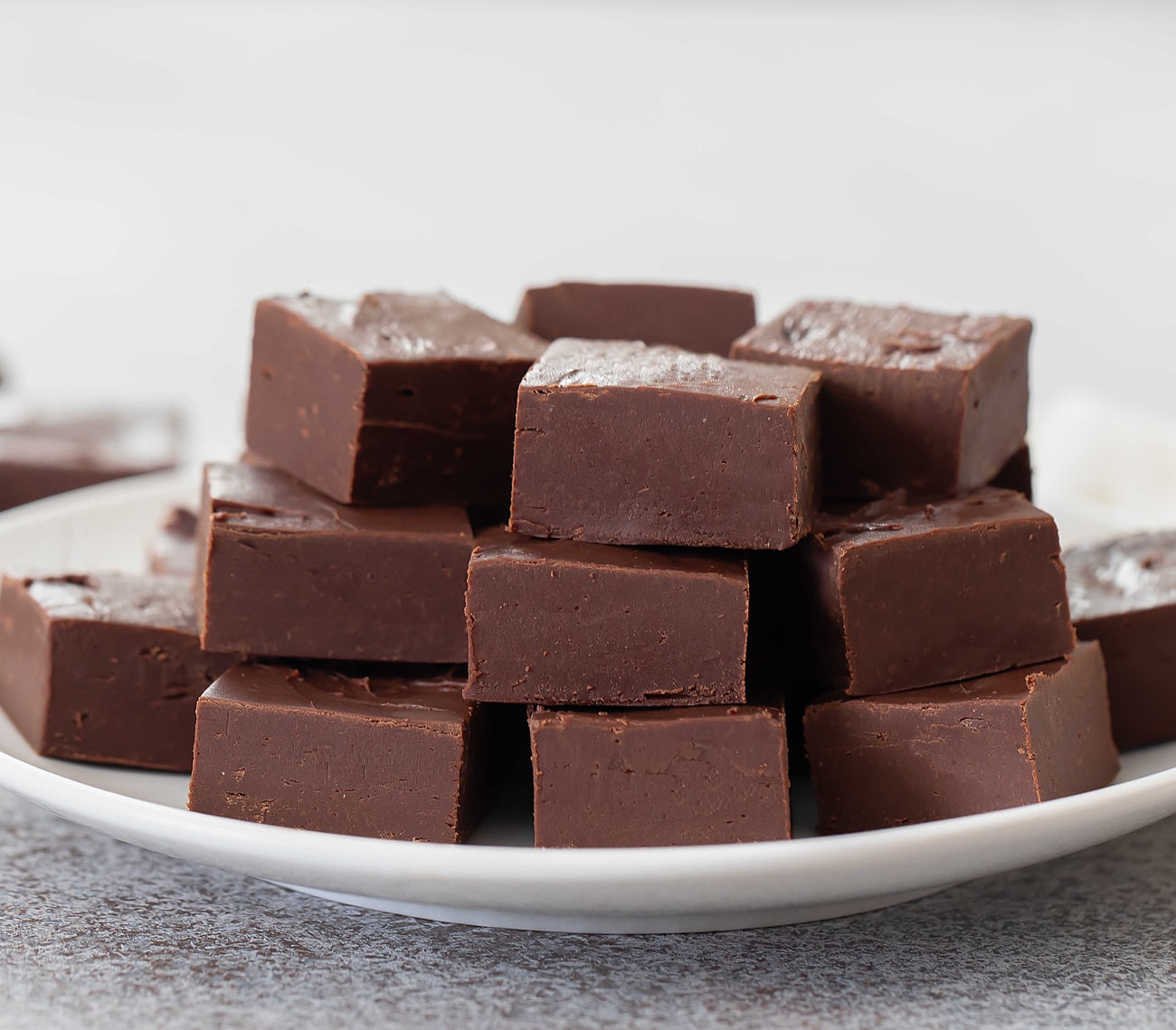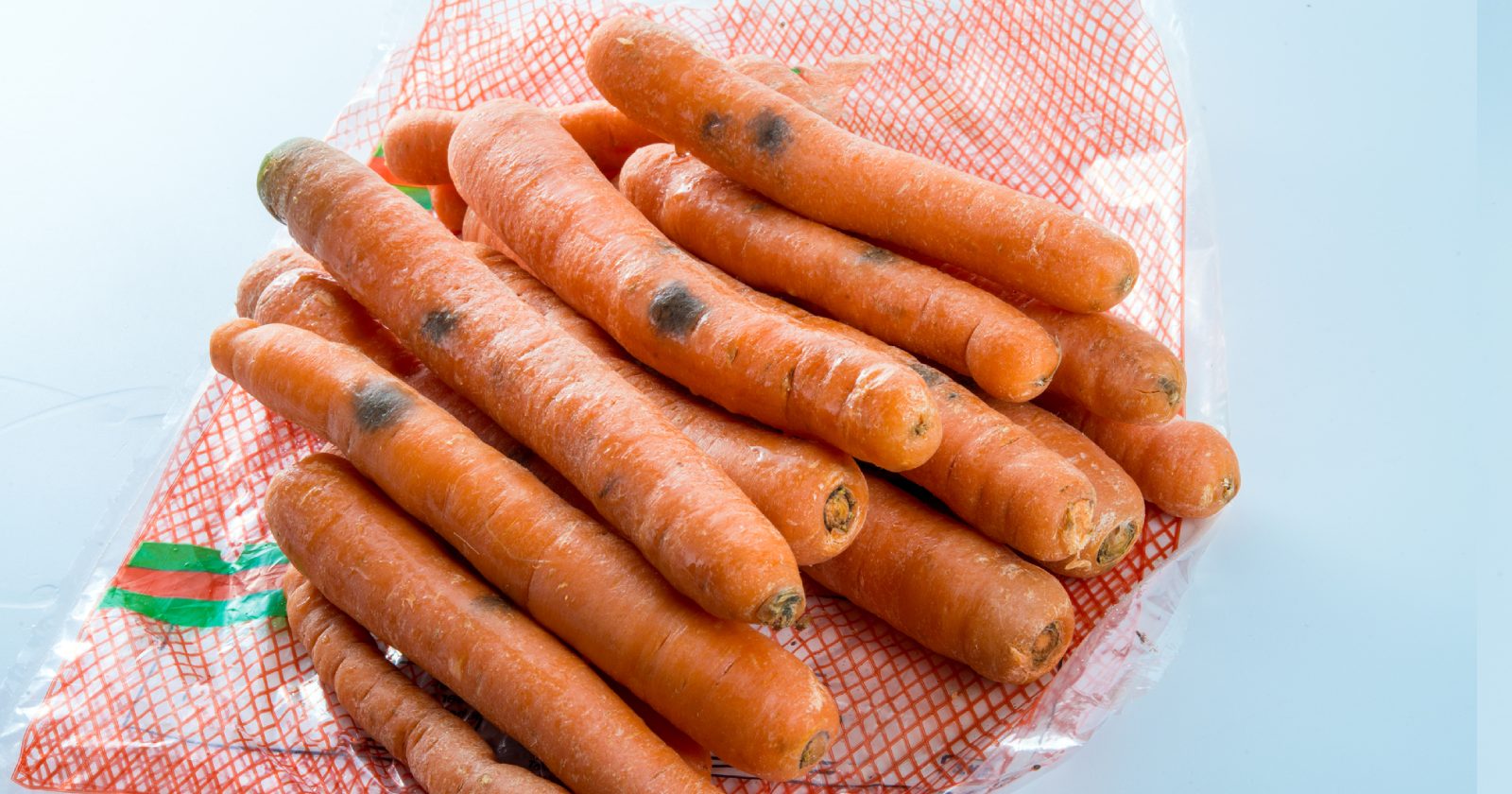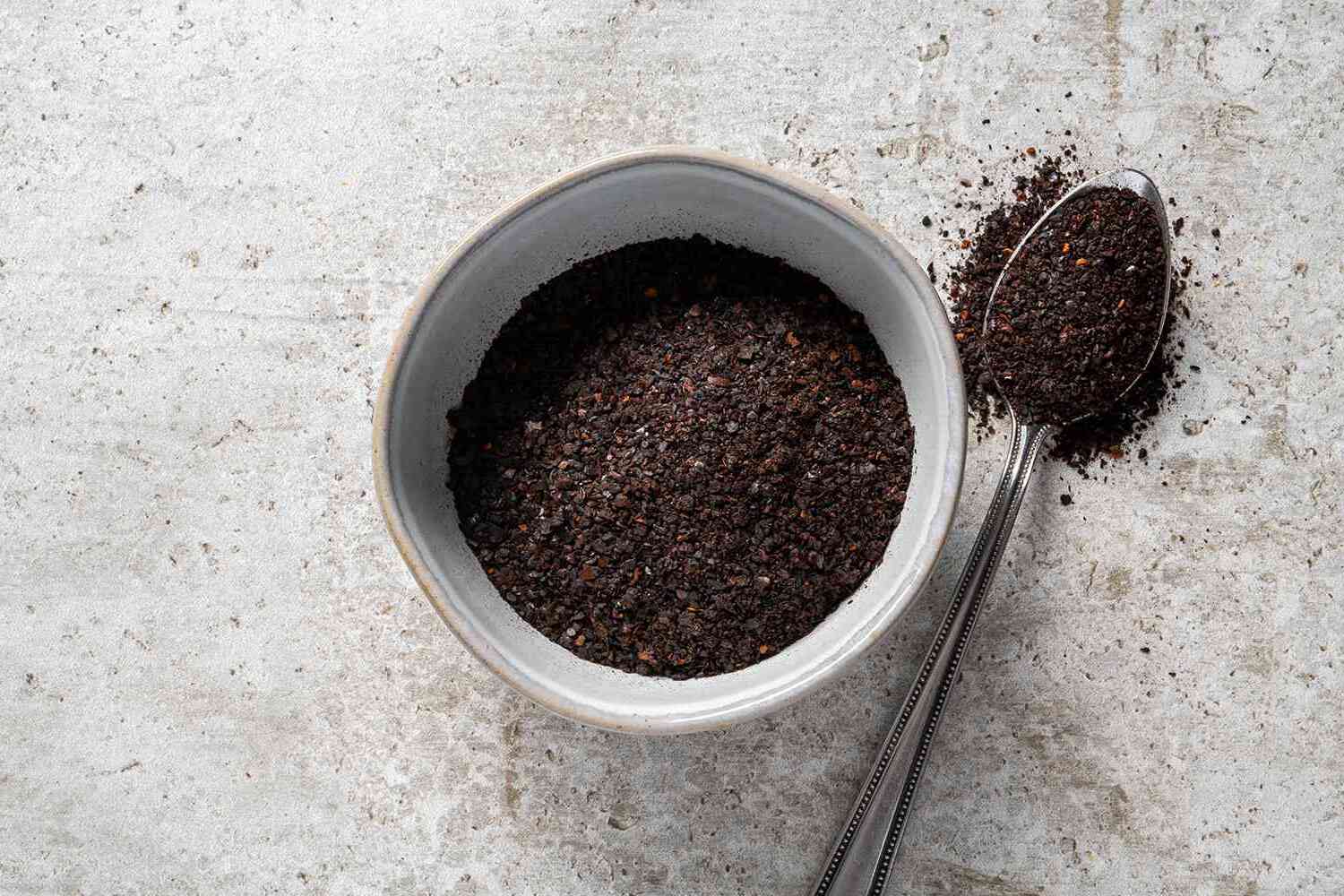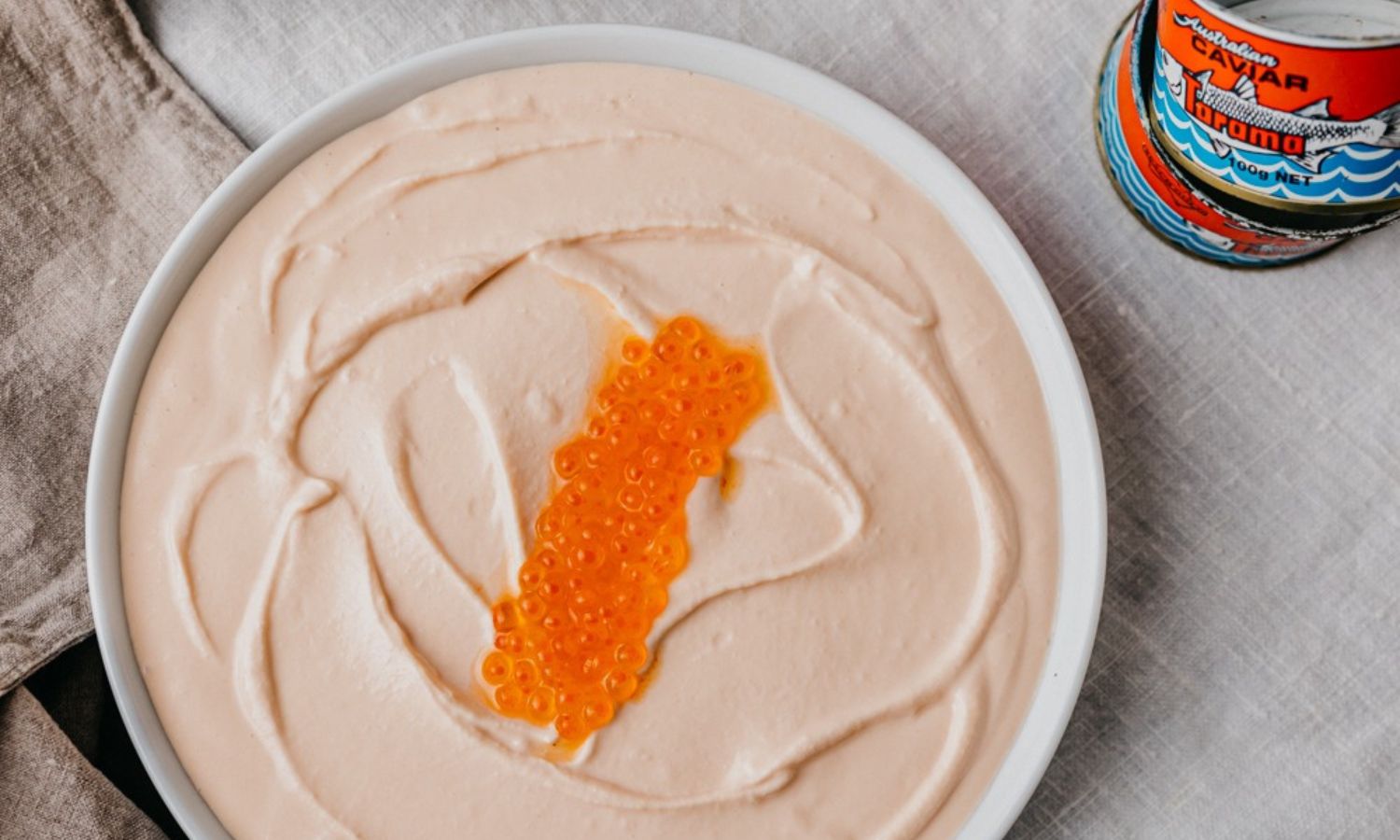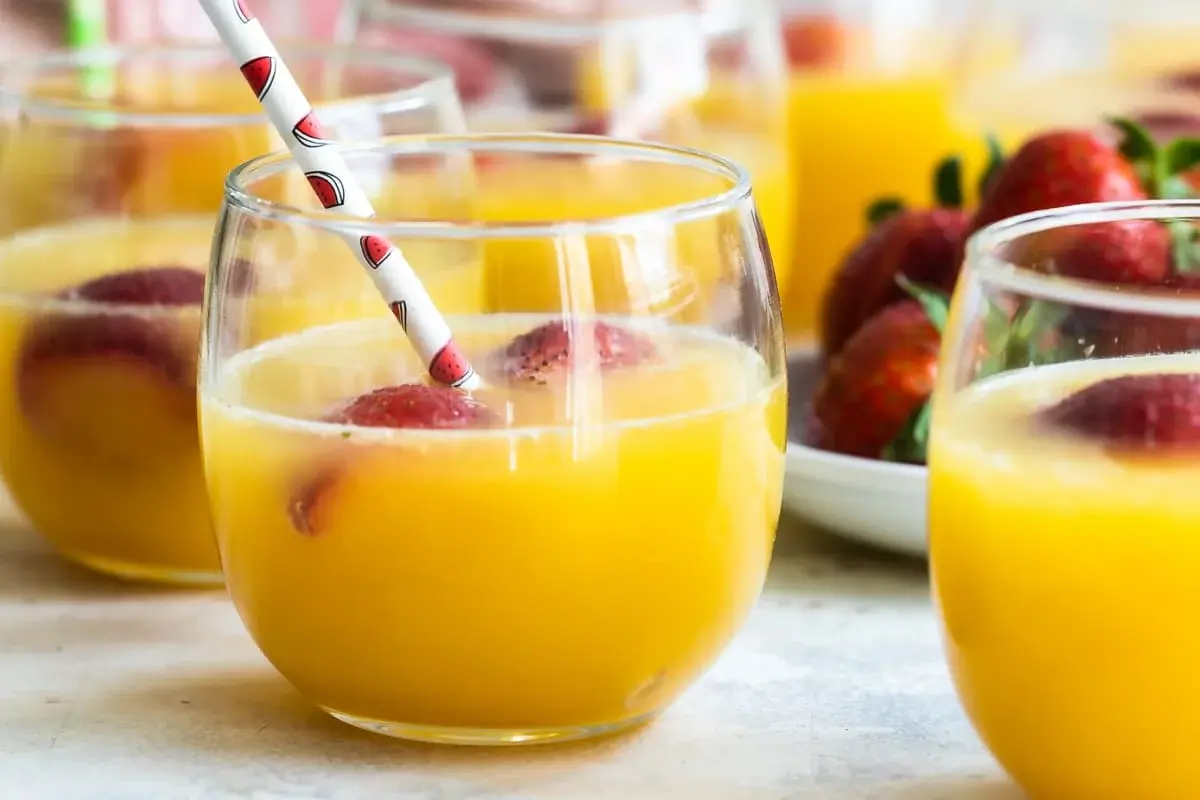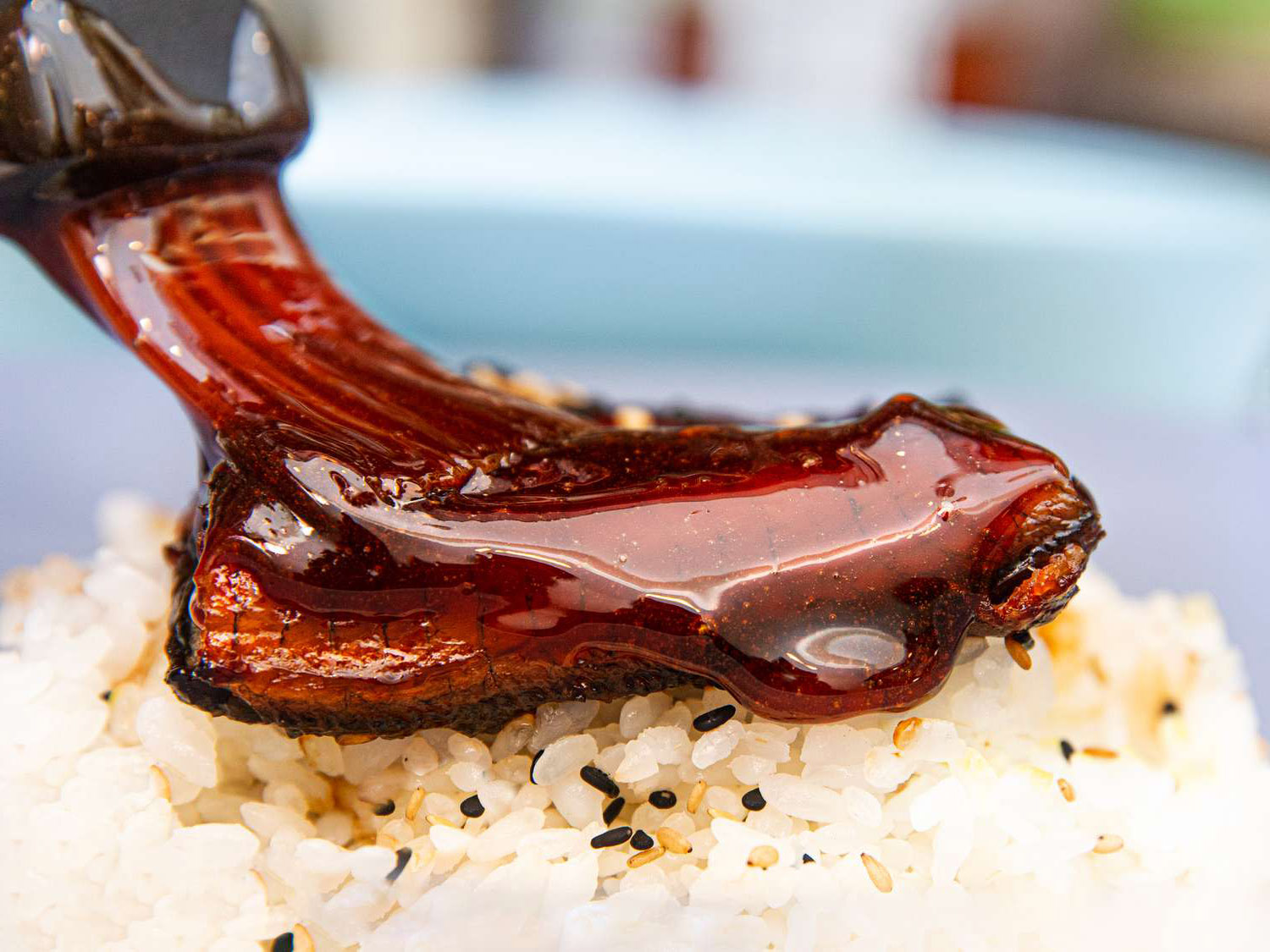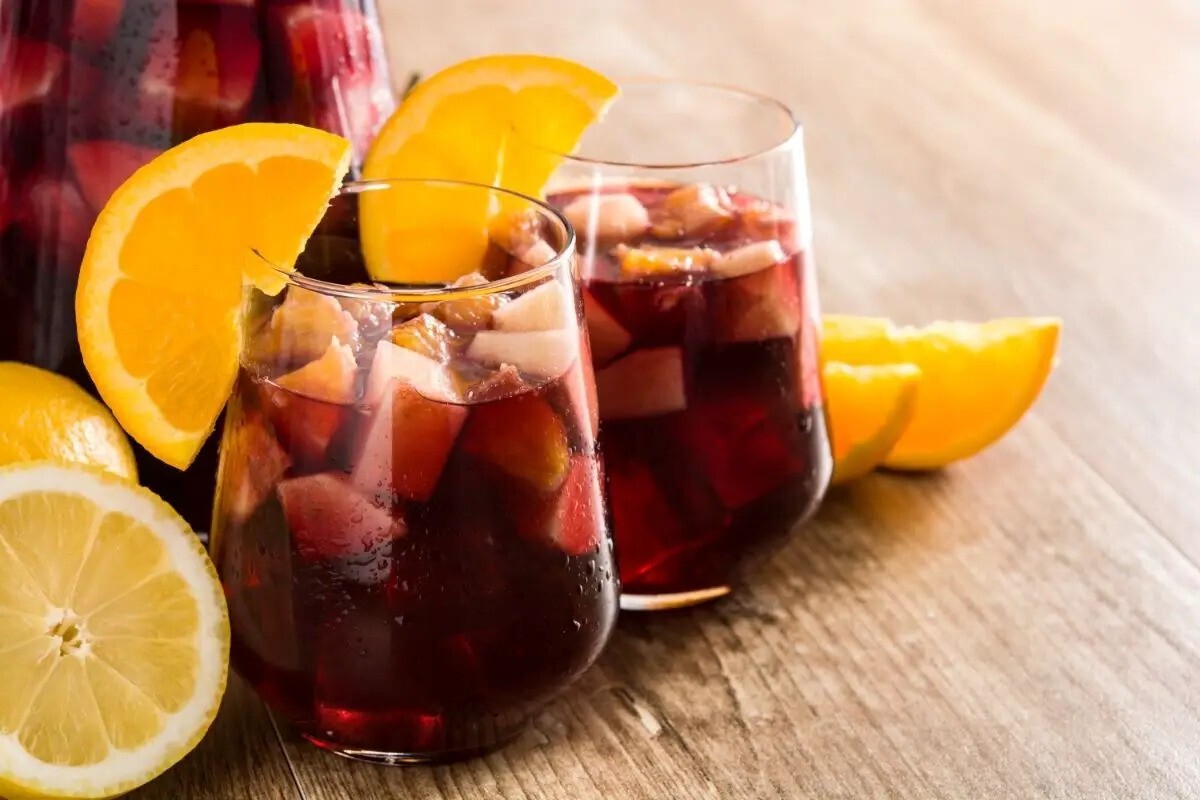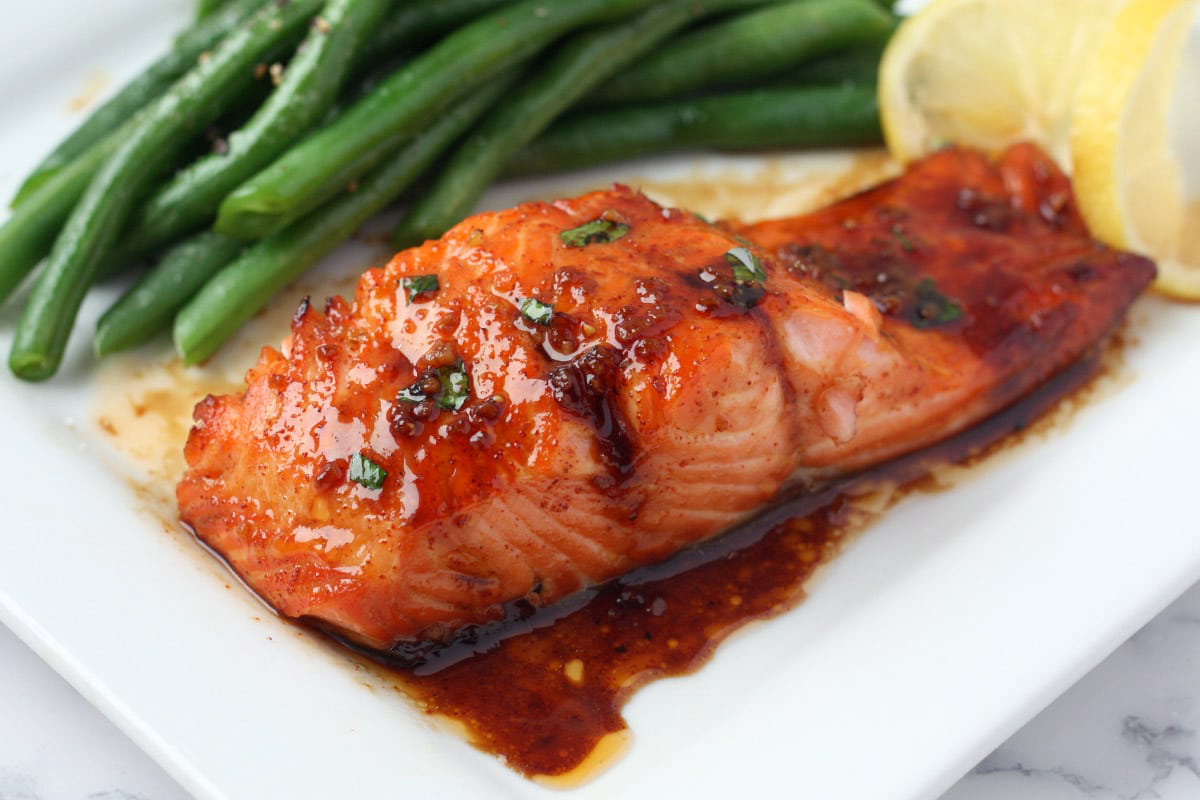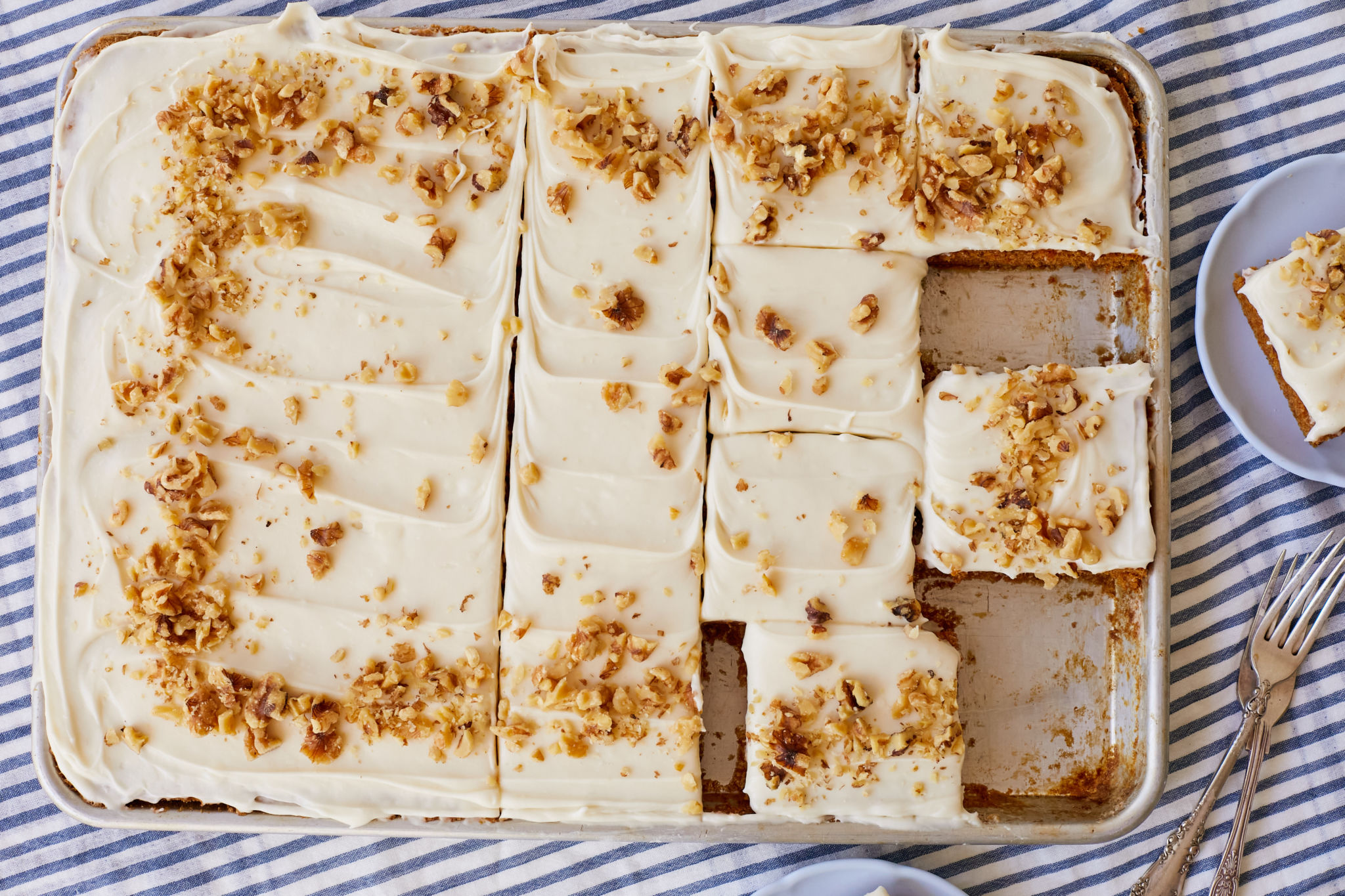Discovering the Delightful Dessert: Pavlova
Have you ever heard of a dessert called Pavlova? If not, you’re in for a treat! Pavlova is a delightful and delicious dessert that is sure to satisfy your sweet tooth. Let’s dive into the world of Pavlova and learn more about this delectable treat.
Origin of Pavlova
Pavlova is a meringue-based dessert that is named after the Russian ballerina, Anna Pavlova. It is believed to have been created in honor of her during one of her tours to Australia and New Zealand in the 1920s. Both countries claim to be the birthplace of Pavlova, sparking a friendly rivalry over its origins.
Key Ingredients
Pavlova is made from a few simple yet essential ingredients, including:
- Egg whites: The base of the meringue, which gives Pavlova its light and airy texture.
- Sugar: Adds sweetness and helps create the crisp outer shell of the meringue.
- Cornflour: A key ingredient that helps give Pavlova its marshmallow-like center.
- Vinegar: A small amount of vinegar helps stabilize the meringue and create a soft interior.
- Whipped cream and fruits: These are commonly used as toppings to complement the sweet meringue base.
Creating the Perfect Pavlova
Making Pavlova is a delicate process that requires attention to detail. Here are the basic steps to create the perfect Pavlova:
- Preparation: Ensure that the mixing bowl and beaters are clean and free of any grease, as any impurities can affect the meringue.
- Whipping the egg whites: Beat the egg whites until they form stiff peaks, then gradually add in the sugar to create a glossy meringue.
- Baking: Shape the meringue into a nest on a lined baking tray and bake it at a low temperature until the outside is crisp but the inside remains soft and marshmallow-like.
- Assembling: Once the meringue has cooled, top it with whipped cream and an assortment of fresh fruits, such as strawberries, kiwi, or passionfruit.
Enjoying Pavlova
Pavlova is best enjoyed fresh, as the meringue can become soft when exposed to moisture. Its combination of crispy meringue, creamy whipped cream, and juicy fruits makes it a delightful dessert for any occasion, whether it’s a special celebration or a casual gathering with friends and family.
Now that you know more about Pavlova, why not try making it at home or seek out a bakery or cafe that offers this delectable treat? Whether you’re a fan of meringue-based desserts or simply looking to expand your culinary horizons, Pavlova is definitely worth a try!
So, the next time you’re craving something sweet and unique, consider indulging in a slice of Pavlova and savoring its delightful flavors.
Was this page helpful?
Read Next: What Is Pineapple Pizza
